RNA methyltransferase SPOUT1/CENP-32 links mitotic spindle organization with the neurodevelopmental disorder SpADMiSS
- PMID: 39962046
- PMCID: PMC11833075
- DOI: 10.1038/s41467-025-56876-w
RNA methyltransferase SPOUT1/CENP-32 links mitotic spindle organization with the neurodevelopmental disorder SpADMiSS
Abstract
SPOUT1/CENP-32 encodes a putative SPOUT RNA methyltransferase previously identified as a mitotic chromosome associated protein. SPOUT1/CENP-32 depletion leads to centrosome detachment from the spindle poles and chromosome misalignment. Aided by gene matching platforms, here we identify 28 individuals with neurodevelopmental delays from 21 families with bi-allelic variants in SPOUT1/CENP-32 detected by exome/genome sequencing. Zebrafish spout1/cenp-32 mutants show reduction in larval head size with concomitant apoptosis likely associated with altered cell cycle progression. In vivo complementation assays in zebrafish indicate that SPOUT1/CENP-32 missense variants identified in humans are pathogenic. Crystal structure analysis of SPOUT1/CENP-32 reveals that most disease-associated missense variants are located within the catalytic domain. Additionally, SPOUT1/CENP-32 recurrent missense variants show reduced methyltransferase activity in vitro and compromised centrosome tethering to the spindle poles in human cells. Thus, SPOUT1/CENP-32 pathogenic variants cause an autosomal recessive neurodevelopmental disorder: SpADMiSS (SPOUT1 Associated Development delay Microcephaly Seizures Short stature) underpinned by mitotic spindle organization defects and consequent chromosome segregation errors.
© 2025. The Author(s).
Conflict of interest statement
Competing interests: BCM and Miraca Holdings have formed a joint venture with shared ownership and governance of Baylor Genetics (BG), which performs clinical microarray analysis (CMA), clinical ES (cES), and clinical biochemical studies. JRL serves on the Scientific Advisory Board of the BG. The Department of Molecular and Human Genetics at Baylor College of Medicine receives revenue from clinical genetic testing conducted at BG Laboratories. JRL has stock ownership in 23andMe, is a paid consultant for Genomics International, and is a coinventor on multiple United States and European patents related to molecular diagnostics for inherited neuropathies, eye diseases, genomic disorders, and bacterial genomic fingerprinting. DP provides consulting service for Ionis Pharmaceuticals. The other authors declare no competing interests.
Figures
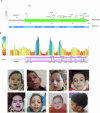

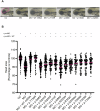
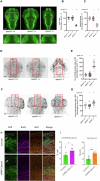
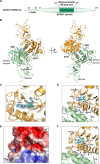
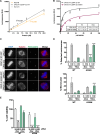
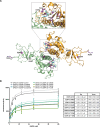


Update of
-
RNA methyltransferase SPOUT1/CENP-32 links mitotic spindle organization with the neurodevelopmental disorder SpADMiSS.medRxiv [Preprint]. 2024 Jan 9:2024.01.09.23300329. doi: 10.1101/2024.01.09.23300329. medRxiv. 2024. Update in: Nat Commun. 2025 Feb 17;16(1):1703. doi: 10.1038/s41467-025-56876-w. PMID: 38260255 Free PMC article. Updated. Preprint.
References
MeSH terms
Substances
Grants and funding
LinkOut - more resources
Full Text Sources
Molecular Biology Databases

